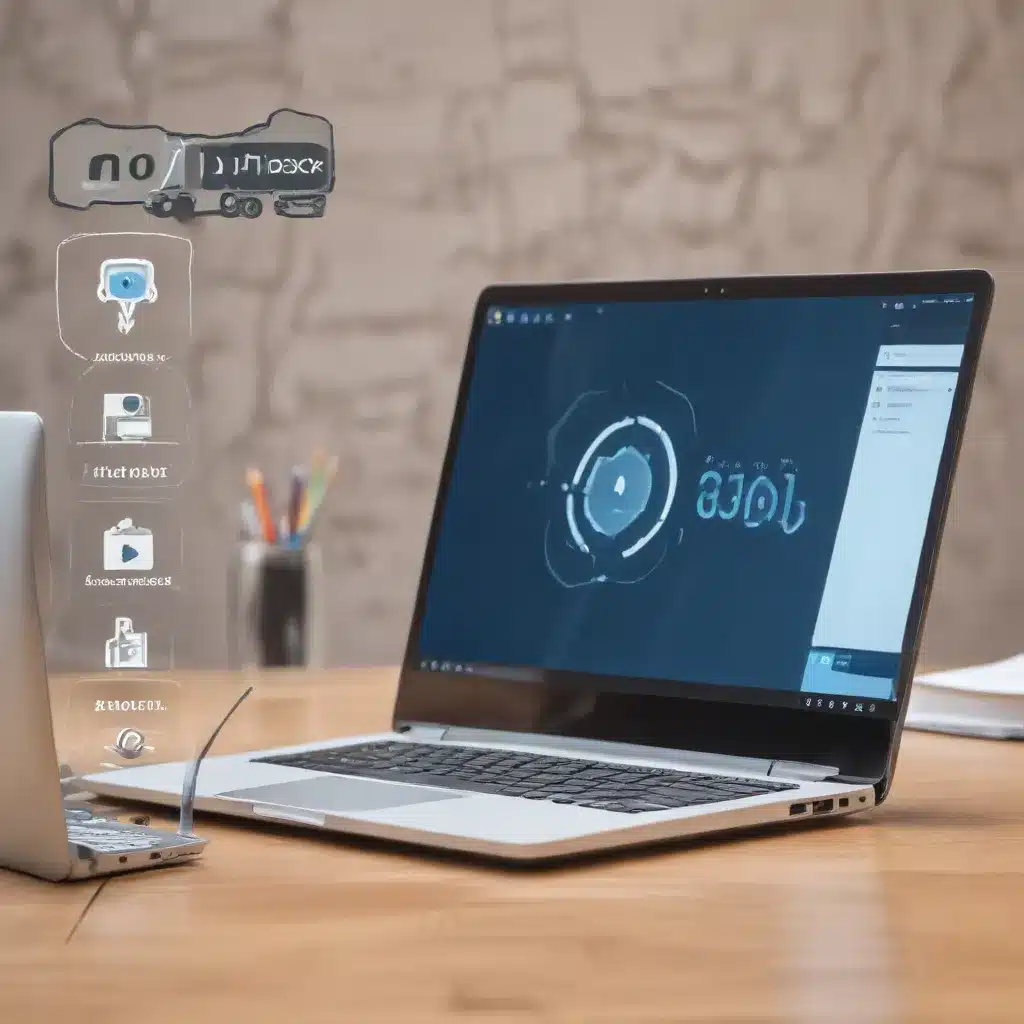Embracing the Testing Mindset
As an experienced IT specialist, I’ve seen firsthand the profound impact that thorough testing can have on the success and reliability of computer systems. In today’s rapidly evolving digital landscape, where technology is deeply woven into every aspect of our lives, the importance of rigorous testing has never been more critical. Whether you’re an IT professional or a tech-savvy user, understanding the value of testing can unlock a world of benefits and help us navigate the complexities of the modern computing environment.
The User-Centric Approach
At the core of our work as IT specialists, we must never lose sight of the user. Our primary purpose is to create solutions that enhance the user experience, streamline workflows, and safeguard sensitive data. This user-centric approach is the foundation upon which effective testing strategies are built. By anticipating user needs, scenarios, and potential pain points, we can design comprehensive test plans that ensure the reliability and functionality of the systems we develop or maintain.
The Cost of Overlooking Testing
I’ve witnessed firsthand the consequences of neglecting testing. Time and again, I’ve encountered situations where a lack of thorough testing has led to catastrophic system failures, data breaches, and frustrated users. The cost of these oversights can be staggering, both in terms of financial impact and the erosion of trust in the technology we rely on. As IT professionals, we have a responsibility to our users to prioritize testing and integrate it seamlessly into our development and maintenance processes.
Embracing a Testing Mindset
The Transformative Power of Unit Tests
One of the most powerful tools in an IT specialist’s arsenal is the humble unit test. By automating the process of verifying the correct behavior of individual software components, unit tests allow us to catch potential issues early in the development cycle, saving time, resources, and headaches down the line. I’ve found that incorporating unit tests into my workflow has not only improved the quality of my code but has also instilled a sense of confidence and professionalism in my work.
Breaking Down Barriers: Overcoming the Perception of Testing
I’ll admit, when I first started out in the IT industry, I shared the common perception that testing was a tedious, time-consuming, and unnecessary overhead. However, as I’ve grown and evolved in my career, I’ve come to view testing as a fundamental aspect of the development and maintenance process, not an afterthought or a burden. By shifting our mindset to see testing as an investment rather than a cost, we can unlock the true transformative power of this essential practice.
The Ripple Effect of Comprehensive Testing
The benefits of comprehensive testing extend far beyond the immediate impact on a single system or application. By proactively identifying and resolving issues, we can prevent the cascade of problems that can occur when bugs or vulnerabilities are unknowingly introduced into a production environment. This ripple effect of testing not only safeguards the user experience but also protects the reputation and integrity of the IT professionals and organizations involved.
The IT Professional’s Toolkit: Testing Strategies and Techniques
Automated Testing: Streamlining the Process
One of the most significant advancements in the IT industry has been the evolution of automated testing tools and frameworks. By leveraging the power of automation, we can significantly reduce the time and effort required to execute complex test scenarios, freeing up our time to focus on more strategic tasks. From unit tests to end-to-end testing, the array of automated testing solutions available today has revolutionized the way we approach quality assurance.
Integrating Testing into the Development Lifecycle
Effective testing is not a standalone activity; it must be seamlessly integrated into the entire software development lifecycle. By incorporating testing at every stage, from design and implementation to deployment and maintenance, we can create a culture of quality that permeates every aspect of our work. This holistic approach ensures that potential issues are identified and addressed early, minimizing the risk of costly and time-consuming fixes down the line.
Leveraging Cybersecurity Testing Techniques
In the ever-evolving landscape of cybersecurity threats, testing plays a crucial role in safeguarding our systems and protecting our users. From penetration testing to vulnerability assessments, the arsenal of cybersecurity testing techniques at our disposal allows us to proactively identify and mitigate security vulnerabilities before they can be exploited. By embracing these testing practices, we can build resilient and secure IT environments that inspire confidence in our users.
The User’s Perspective: Empowering Confidence and Trust
Bridging the Gap: Engaging Users in the Testing Process
As IT professionals, we often operate in a world of technical complexity, where the intricacies of our work may not be immediately apparent to our users. By actively involving users in the testing process, we can bridge this gap and gain valuable insights into their needs, preferences, and pain points. This collaborative approach not only enhances the user experience but also fosters a sense of trust and transparency that is essential for building long-lasting relationships with our clients and customers.
Championing User-Centric Testing
At the heart of our testing efforts should be a unwavering commitment to the user. By designing test scenarios that closely mirror real-world user interactions, we can ensure that the systems we deliver are not only functionally sound but also intuitive, efficient, and aligned with the user’s expectations. This user-centric approach to testing empowers our users to engage with technology with confidence, knowing that their needs and preferences have been meticulously considered.
Celebrating Successes, Learning from Failures
As IT professionals, we must never shy away from acknowledging our failures and embracing the lessons they offer. By openly discussing testing challenges, sharing our insights, and celebrating our successes, we can create a culture of continuous improvement that benefits both our teams and our users. This collaborative spirit fosters a sense of trust and partnership, strengthening the bond between IT specialists and the individuals we serve.
Conclusion: Embracing the Testing Mindset for a Brighter IT Future
In the fast-paced and ever-evolving world of IT, the importance of testing cannot be overstated. By embracing a testing mindset, we can safeguard the systems we build, empower our users, and drive innovation in the industry. Whether you’re an IT specialist or a tech-savvy individual, understanding the transformative power of testing is essential for navigating the complexities of the digital landscape and ensuring the reliability and security of the technologies we rely on.
As we move forward, let us champion the testing mindset, sharing our experiences, learning from our mistakes, and working together to create a future where technology is not only innovative but also trustworthy and user-centric. By doing so, we can ensure that the IT industry continues to evolve and thrive, empowering users and shaping a brighter, more secure digital world.
To explore further insights and practical tips on computer maintenance, cybersecurity, and IT industry trends, I encourage you to visit https://itfix.org.uk/malware-removal/, where our team of IT specialists shares their expertise and insights. Together, let’s unlock the full potential of testing and create a future where technology serves as a reliable and empowering tool for all.












